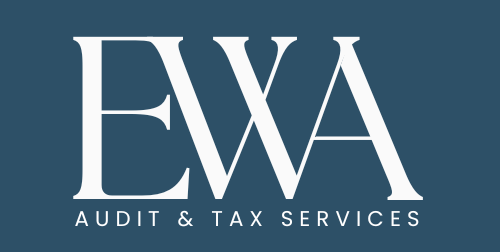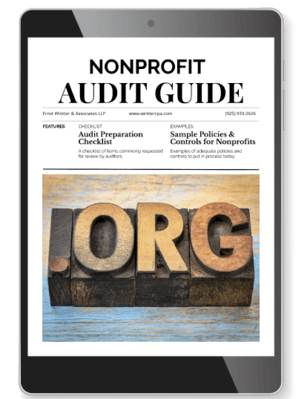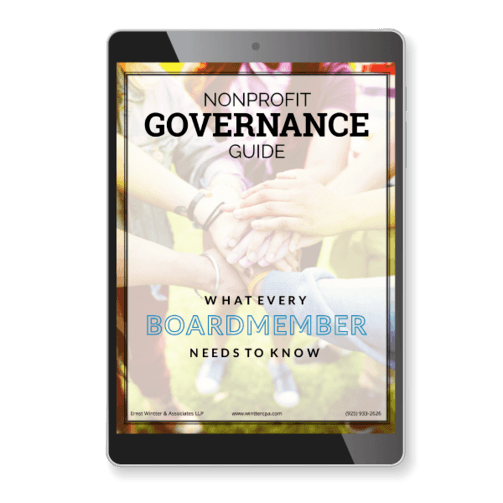Non-Profits Optimize Fundraising
Auditors specialize in understanding how revenue is generated, tracked, and allocated within an organization. They carefully analyze income records, review accounting methods, and assess reporting accuracy to ensure financial transparency. By applying similar auditing techniques, non-profits optimize fundraising efforts through improved revenue management, stronger oversight, and deeper insight into their financial health.
Maximize impact by exploring proven strategies for efficient campaigns, meaningful donor engagement, and long-term mission success.
Track individual contributions over time
Individual contributions can be one of the most important revenue streams for non-profits. Tracking individual contributions like an auditor can help illuminate what fundraising campaigns and channels are the most impactful, trends over time, and what type of contributions they are, for example, restricted or unrestricted funds. Compare the donation dollars raised in the current year to past years to pinpoint trends.
Have individual contributions been increasing over the past five years? What campaigns have you implemented during that period? You might go beyond the totals and determine if the number of major donors has grown or if a large percentage of donations are tied up in restricted funds, which may lead you to consider reevaluating your fundraising strategies.
Review grants
Your grants likely vary in size and purpose. They may cover operational costs, be allocated to launching a single program, or fund new client services. Pay attention to trends here, too. Were you reliant on one single grant or funder to supply more than 50% of total revenue? Has that reliance been increasing over the last few years? A growing reliance on a single funding source is a red flag to auditors that an organization could be at risk if just one funding source stopped.
Fees for services
Client or third party fees can be analyzed similarly to the fees for-profit organizations earn. They are generally considered exchange transactions because the client exchanges a product or service for a payment. Sometimes fees are charged on a sliding scale based on income or ability to pay. In other cases, fees are subject to legal limitations set by government agencies.
When analyzing service fees, assess whether these services are sustainable by covering their operating costs with the fees. Non-Profits optimize fundraising by employing strategic campaigns, engaging donors effectively, and maximizing their efforts to support impactful missions.
Membership levels and dues
For non-profits that include memberships and charge dues, it is important to understand trends in your membership levels over time. Has your membership grown or declined in recent years? How does this compare with your peers? Do you suspect that dues income will decline? You might consider dropping dues altogether and restructuring. If so, examine other income sources for growth potential.
When you have analyzed your revenue sources and have a well-defined revenue status, you can apply that knowledge to various aspects of managing your organization. This includes setting annual goals and preparing your budget.
Ernst Wintter & Associates LLP specialize in California non-profit audits and tax preparation. Contact us today for help with your non-profit audit or tax prep needs.








